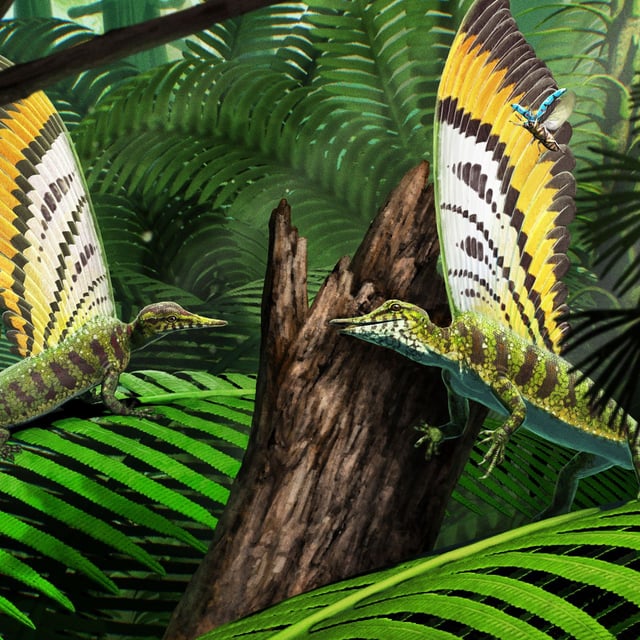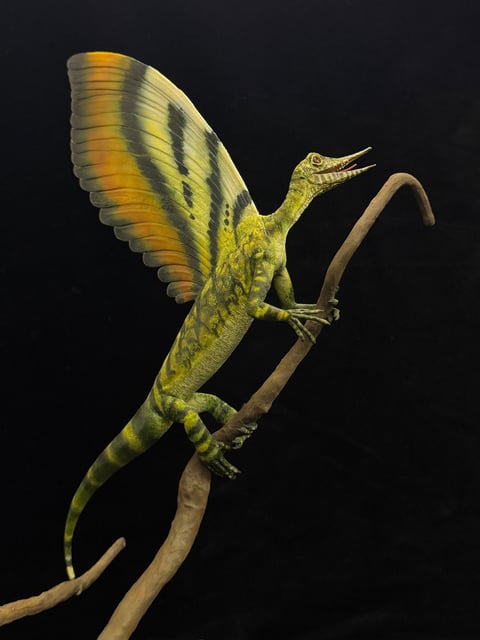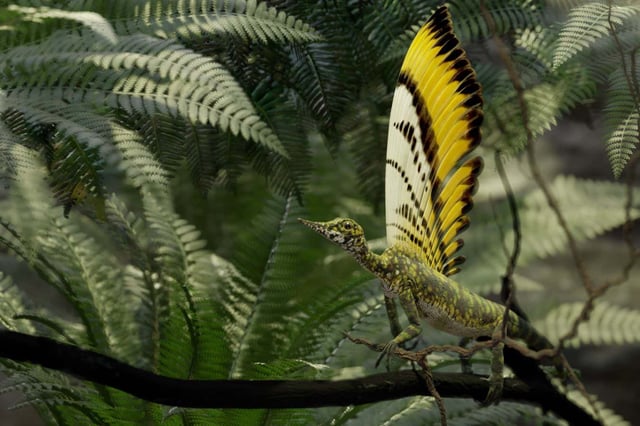Overview
- Paleontologists formally described Mirasaura grauvogeli in a July Nature paper based on 247-million-year-old fossils first collected in 1939 and reexamined at the State Museum of Natural History Stuttgart.
- The species bore a prominent dorsal crest made of densely overlapping, corrugated skin appendages that differ structurally from true feathers and scales.
- Analysis of preserved melanosomes within the crest revealed pigment-carrying organelles more akin to those in feathers, suggesting a role in intraspecific visual signaling.
- Phylogenetic studies place Mirasaura as the closest relative of Longisquama within drepanosauromorphs, indicating elaborate back sails evolved early in this reptile group.
- The discovery pushes the origin of complex integumentary structures well before dinosaurs, implying a deep-rooted genetic capacity for diverse skin appendages in early amniotes.


